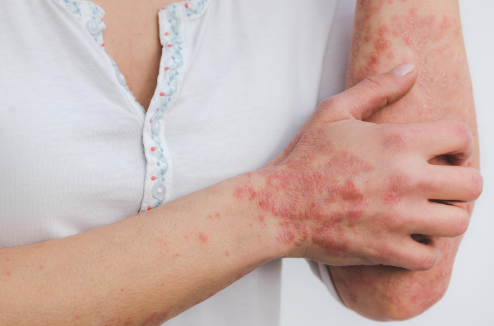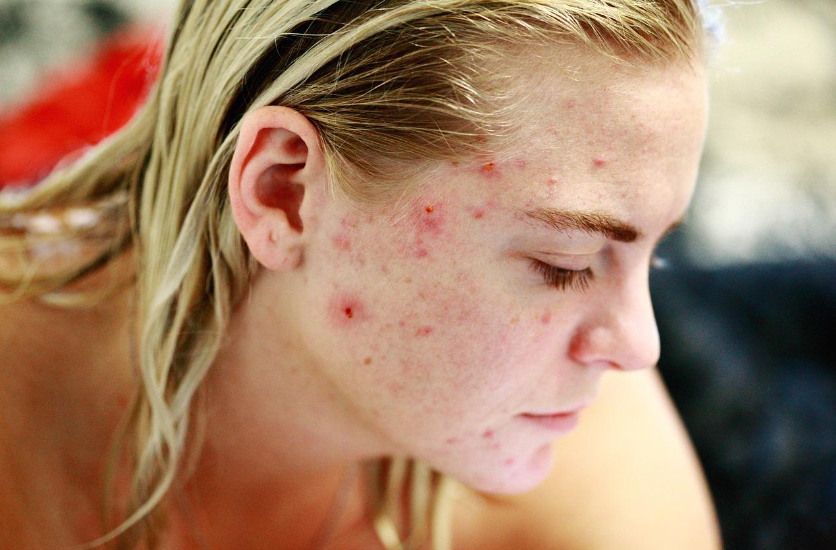What Is Hyperpigmentation and How Can It Be Treated?
What Is Hyperpigmentation and How Can It Be Treated?
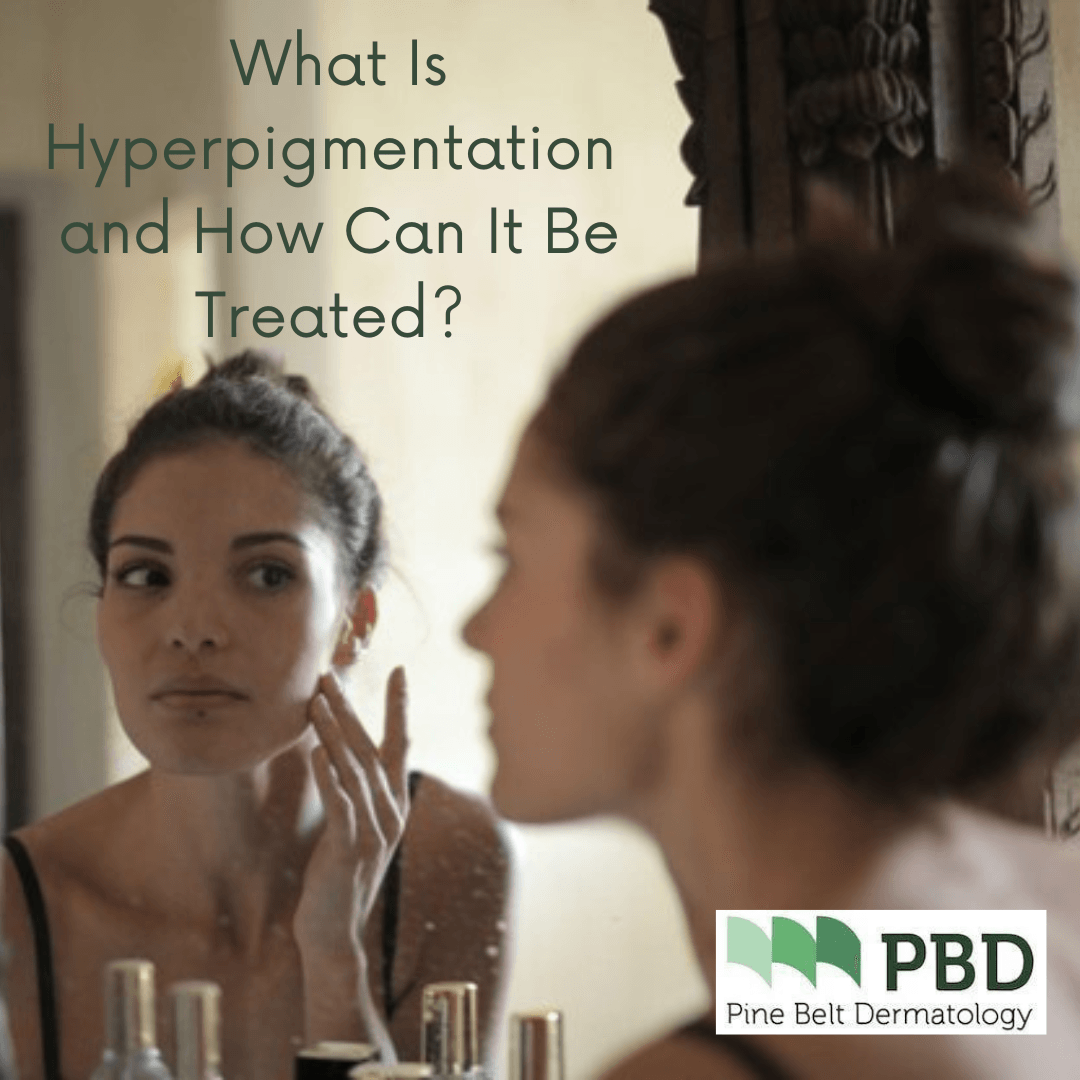
Hyperpigmentation is when skin parts become darker in color than the surrounding areas, leading to an uneven skin tone. It could look like dark spots, freckles, or patches of darker skin that could range from light brown to dark brown or even black.
Even though it is usually harmless, hyperpigmentation can still make you feel uncomfortable and affect your self-confidence. It is precisely the case when it is present in more visible areas like the face and neck and is more pronounced in its appearance. Read on to understand why hyperpigmentation happens and the treatments that are most suitable for you.
What Is Hyperpigmentation?
Hyperpigmentation is when your skin develops dark spots or patches that are darker than the surrounding skin. It happens because your skin produces excess melanin, the pigment that gives skin its color.
Hyperpigmentation is quite common and usually harmless. Sun exposure is a major cause of hyperpigmentation. Your skin produces more melanin in response to increased sun exposure, resulting in darkening or discoloration of the skin. However, sun exposure is not the only reason for hyperpigmentation. Factors like inflammation and hormonal changes can also cause it. That's why it's essential to understand the different kinds of hyperpigmentation, the causes of each, and the treatment options available.
What Are the Different Types of Hyperpigmentation?
Hyperpigmentation occurs in different forms, based on what is causing it.
1. Melasma
Melasma is a form of hyperpigmentation that causes brown or gray skin patches to appear on the face. It can sometimes appear on other parts of the body that are exposed to the sun like the neck and arms. It is usually caused by sun exposure. It can also happen because of changes in hormonal levels during pregnancy and hormonal imbalances caused by certain medical conditions. There may also be a genetic tendency towards developing melasma.
2. Sunspots
Sunspots develop over time due to repeated sun exposure and a combination of sun damage and the aging of the skin. They are also called age spots or liver spots, or solar lentigines. They are flat, light brown, or dark spots. Sunspots develop as the skin produces increased melanin levels to protect itself from the damaging UV rays of the sun.
3. Skin Damage or Post-Inflammatory Hyperpigmentation
This happens when the skin has been damaged or injured and produces an inflammatory response that triggers more melanin production. The inflammation could be caused by acne, a cut, or even a skin condition like eczema. It is essential to discover the cause of the inflammation so that the right treatment can be determined.
What Causes Hyperpigmentation?
The leading cause of hyperpigmentation is increased melanin production by the skin cells called melanocytes. This can happen for multiple reasons. These include:
● Hormonal changes caused by pregnancy
● Medications like chemotherapy drugs, antibiotics, and antidepressants
● Excessive sun exposure
● Thyroid disorders
● Adrenal disorders such as Addison’s disease, when the body doesn’t make sufficient amounts of a hormone called cortisol
Certain factors can make you more prone to hyperpigmentation such as:
● Darker skin (due to higher amounts of melanin)
● Drugs that increase your skin’s sensitivity to sunlight
● Genetics, such as a family tendency to have freckles
● Consuming oral contraceptives, which affect your hormone levels
How Do You Prevent Hyperpigmentation?
There are some simple measures you can take to reduce and prevent hyperpigmentation.
● Avoid excessive sun exposure
● Use an effective sunscreen (at least SPF 15+)
● Avoid medications that could cause it (check with your physician if you can switch to alternative medications)
● Take care of your skin to avoid acne breakouts
● Avoid picking acne, scratching, or irritating your skin
How Is Hyperpigmentation Treated?
There are medical and clinical treatments that can reduce or remove the appearance of dark patches on your skin.
1. Topical Creams
The most common treatments for hyperpigmentation are creams or ointments that you apply to your skin. They are usually the first step of treatment. These topical creams contain agents that lighten the appearance of dark patches.
Hydroquinone
Hydroquinone is a skin-lightening agent that reduces melanin. It slows the production of melanin, so that dark patches and spots fade over time to match the color of the surrounding skin. While low-strength hydroquinone creams are easily accessible over the counter, you must keep a prescription in order to buy higher-strength hydroquinone products designed for hyperpigmentation and melasma.
Corticosteroids
Corticosteroids suppress the skin’s inflammation response and prevent the increase in melanin that comes with it.
Azelaic Acid
Azelaic acid acts as an exfoliant that helps reduce and prevent acne. It also helps remove old and dead skin cells, which reduces the appearance of discoloration over time.
Kojic Acid
Kojic acid is a naturally occurring ingredient that inhibits melanin production and acts as a skin lightener.
Vitamin C, Vitamin A, and Vitamin B3
Vitamin C or ascorbic acid is an antioxidant that treats hyperpigmentation caused by sun damage and reduces melanin production.
Vitamin A derivatives like retinol are called retinoids and are known for their anti-aging properties. Tretinoin is a retinoid that reduces inflammation and can reduce the appearance of darkened skin by speeding up skin cell turnover. This allows healthy cells to replace damaged cells. It also strengthens the skin by stimulating collagen production and removing debris from pores. It also has the additional benefit of helping prevent acne breakouts. Tretinoin is often used along with hydroquinone for best results.
Vitamin B3 in niacinamide helps even out the skin tone and reduces discolorations caused by sun damage. It also unclogs pores, which helps avoid acne.
2. Cosmetic Procedures
Topical treatments can take a while to show results. If your skin does not seem to be responding to topical treatments, you may want to see a dermatologist to get a professional treatment done. This would be a cosmetic procedure performed at a dermatology clinic. Cosmetic procedures are often recommended along with topical therapy for better and quicker results. Keep reading to learn about the different kinds of cosmetic procedures.
Chemical Peels
Chemical peels exfoliate multiple layers of your skin to stimulate the growth of smooth skin with a more even tone. A dermatologist will apply a chemical solution to your skin, which will remove old and dead skin cells. This helps in eliminating the effects of hyperpigmentation. Chemical peels use acidic ingredients like glycolic acid and salicylic acid to remove the topmost layers of the skin. This peels away the dark patches and allows new skin cells to replace them.
Laser Treatments
In this treatment, a dermatologist will zap the patches of darkened skin with a high-energy light beam. Laser treatment can be used to target the top layers of the skin. It can also be used to penetrate deeper into your skin tissues if necessary. You can usually see results within a few sittings.
The benefit of laser therapy is that it is a more precise and targeted procedure than chemical peels. It is also a suitable option for severe hyperpigmentation, which requires deeper skin treatment. You can check with your dermatologist to ensure that laser therapy is ideal for your skin.
Microdermabrasion
Microdermabrasion is a treatment that uses an abrasive to exfoliate skin cells and smooth the outer layer of skin. The abrasive is applied with a hand-held device rolled on the skin to remove the top layer of the darkened skin.
This procedure exfoliates the pores of your skin. It can also help increase the penetration of topical treatment.
The benefit of this treatment is that it offers a less invasive alternative to the other kinds of medicines as it works more at the surface level of the skin. The results may be milder and not as pronounced as laser treatment or chemical peels. However, multiple rounds of treatment will show beneficial effects.
Summing It Up
Different factors can cause hyperpigmentation. Topical treatments can take a while to show results. Even if your skin responds to the topical creams, you still need to address what is causing the hyperpigmentation in the first place. Otherwise, it can continue to occur. That's why it's a good idea to see a skin specialist who can help you get to the bottom of it. Once you understand what could be causing it, you can look at ways to prevent it. You can also look at treatments that will reduce the appearance of the darkened skin or remove it altogether. A dermatologist will also be able to suggest a customized combination of treatments that will work best together to show a visible difference in your skin.
Final Words
To learn more about your hyperpigmentation and the best treatment options for you, head over to Pine Belt Dermatology, MS. Our team of skin specialists is committed to offering the best dermatology services and cosmetic treatments to meet your needs. They will take you through all the treatment options and help you discover the best-suited treatment for your skin concerns. Contact us for an appointment at any of our dermatology clinics in Mississippi.
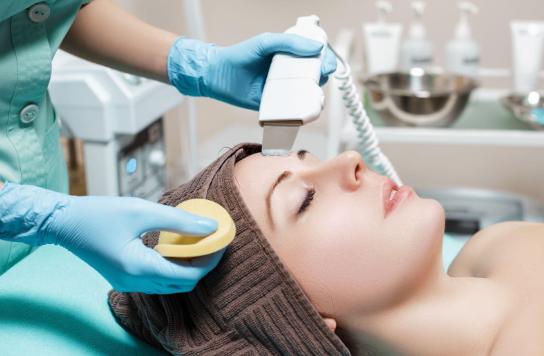
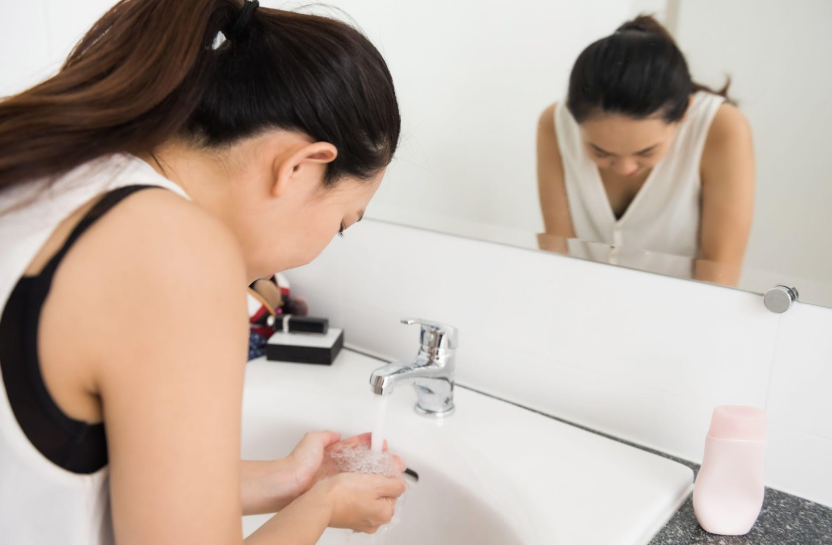

Petal Office
Phone:
Fax:
601-336-7826
Address:
Hours of Operation:
Mon-Fri: 8:00am to 4:30pm
Hattiesburg Office
Phone:
Fax:
601-475-9969
Address:
Hours of Operation:
Mon-Fri: 8:00am to 4:30pm
Ellisville Office
Biloxi Office
Phone:
Fax:
228-232-0874
Address:
1009 Tommy Munro Drive, Suite A
Hours of Operation:
Mon-Fri: 8:00am to 4:30pm
Ocean Springs Office
All Rights Reserved | Pine Belt Dermatology

